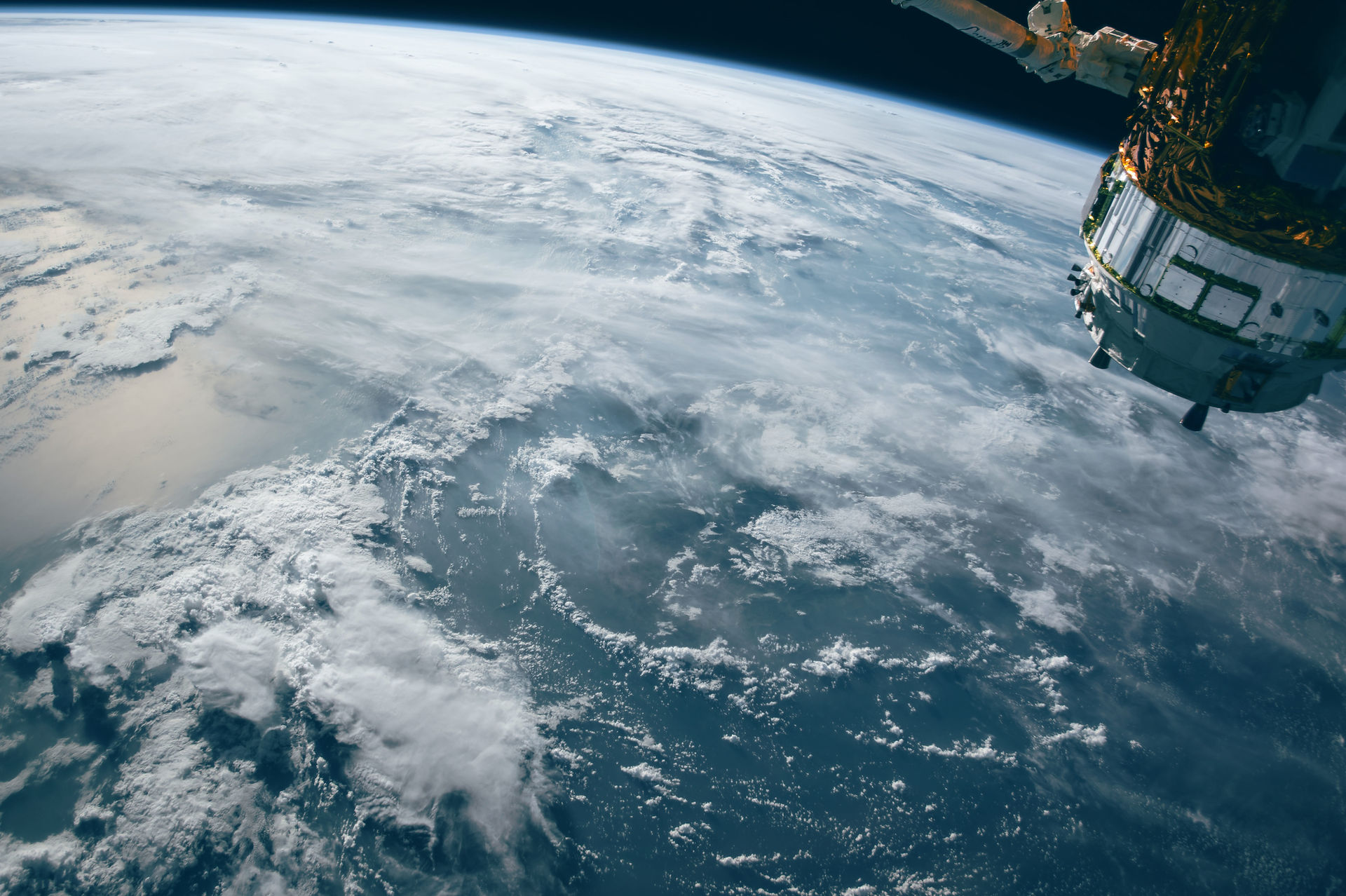Starliner’s Troubled Thrusters to be Test-Fired on its Return to Earth
- Kate Green
- Sep 7, 2024
- 2 min read
NASA and Boeing are planning to test-fire the troubled thrusters of the CST-100 Starliner spacecraft before it returns to Earth.
The Starliner, which has been docked at the International Space Station (ISS) since June 2023, has faced issues with its reaction control system (RCS) thrusters, including some that malfunctioned during its approach to the ISS.
Ground tests have identified potential causes, such as higher temperatures causing oxidizer to vaporize and reduce thrust. Engineers will conduct a series of thruster tests while the spacecraft remains docked, excluding one malfunctioning thruster.
The space agency said on Wednesday September 04, the tests would be short pulses lasting just 0.1 seconds and could involve some of the aft thrusters that experienced problems on the journey to the International Space Station (ISS).
Steve Stich, NASA commercial crew program manager, explained that the thrusters’ test-firings would help the teams “continue to learn.” He continued to state that:
“We really want to see how the thrusters perform and what the thrust levels exactly are after we undock and fire them for a little bit. We have been entirely focused this summer on understanding what is happening on orbit, trying to decide if we could bring the crew back or not. What we need to do now is lay out the overall plan, which we have not had time to do.”
NASA also revealed that Starliner is now due to have a faster departure – or “breakout burn” – from the ISS because it is not carrying astronauts.
“Without the crew on board, able to take manual control if needed, there’s just a lot less variables that we need to account for when we do the breakout burn and allows us to get the vehicle on a trajectory home that much sooner,” Stich said.
Over the last two months, teams on Earth have been trying to duplicate the loss of performance in the thrusters, with researchers concluding that a Teflon seal had heated and expanded, which constrained the flow of oxidiser.
However, NASA finally concluded there was still “too much uncertainty” in predicting how the thruster would perform after undocking, and instead opted to send the spacecraft back without crew.
In a boost to Boeing though, Bill Nelson, NASA’s administrator, attempted to downplay criticism of the aerospace giant by arguing spaceflight is risky “even at its routine” and a test flight “by nature is neither safe nor routine”.
“So, the decision to keep Butch and Suni aboard the ISS and bring the Boeing Starliner home uncrewed is a result of a commitment to safety. Safety is our North Star of what we are trying to do in a very hostile environment, in which if you make a mistake, it’s very unforgiving.”
The current Starliner mission is the final test flight before NASA certifies the vehicle for regular operational missions.
Source: NASA / Boeing
Image: NASA / Boeing Starliner Spacecraft docked at the International Space Station.





Comments